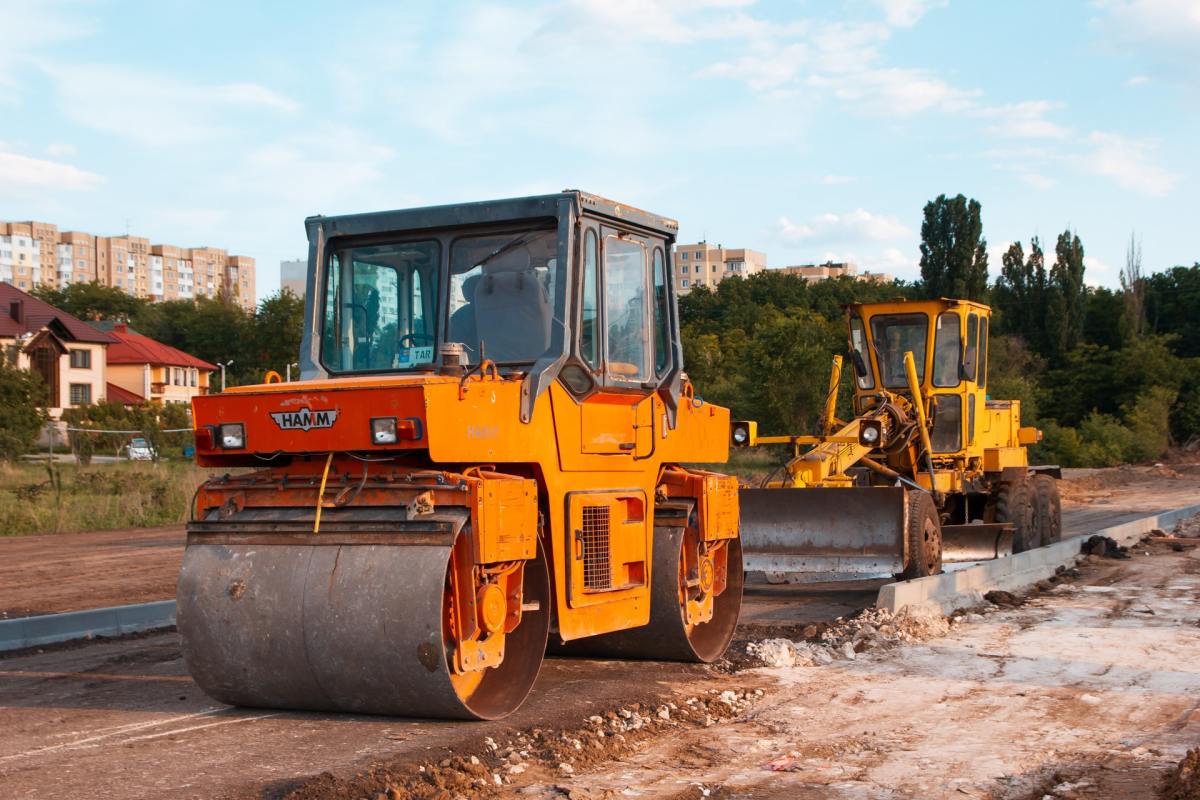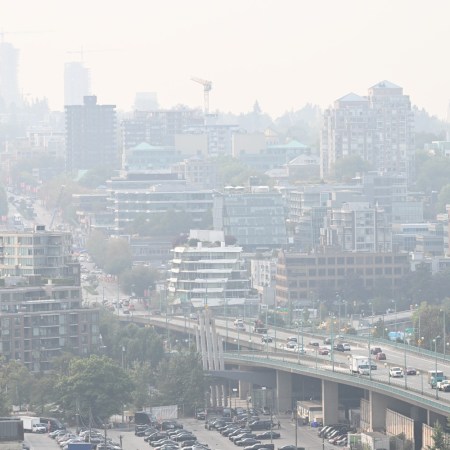With infrastructure on the minds of many elected officials, environmental advocates and voters, it’s not hard to see an emerging paradox at work. There’s been a lot of discussion to the effect that large-scale investments in infrastructure could cut emissions. And when it comes to things like adding charging stations for electric vehicles and bolstering public transportation, that analysis makes sense.
But what about highway repairs? That’s clearly a part of infrastructure, and in many parts of the country it’s necessary. But something like that, which might affect roadways, isn’t an obvious choice for something that would reduce emissions. Even with more electric vehicles on the road, there’s still a significant number of gas-powered vehicles out there as well — which, in turn, could lead to more emissions.
A new initiative from the state of Colorado offers a key to understanding that this seeming paradox is not a paradox at all. At Curbed, Alissa Walker explored what this state is doing to address emissions and infrastructure. At the heart of the article is a change in rules made by Colorado’s Department of Transportation.
As a Colorado Public Radio report notes, the new rule requires the state DOT to consider emissions and climate change when researching planned projects. If a project goes over a certain amount, its planners will need to figure out ways to offset that overage. That could have a substantial impact on highway-related projects, for instance — and, as Walker writes, similar measures could be adopted by other states as well. One state’s innovation might well have an impact far outside of its borders.
Thanks for reading InsideHook. Sign up for our daily newsletter and be in the know.


















